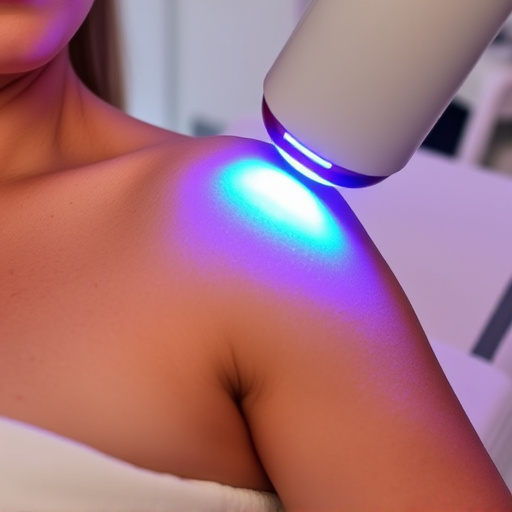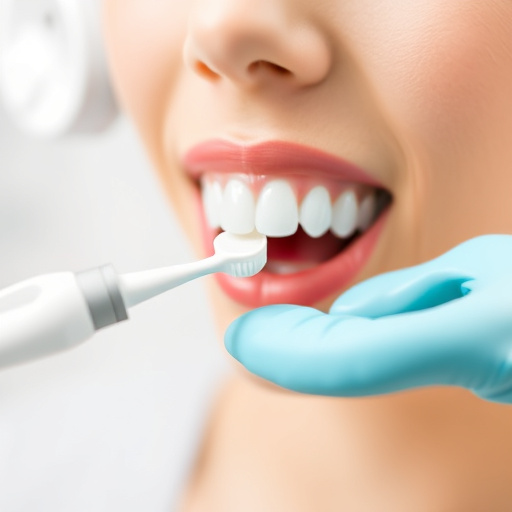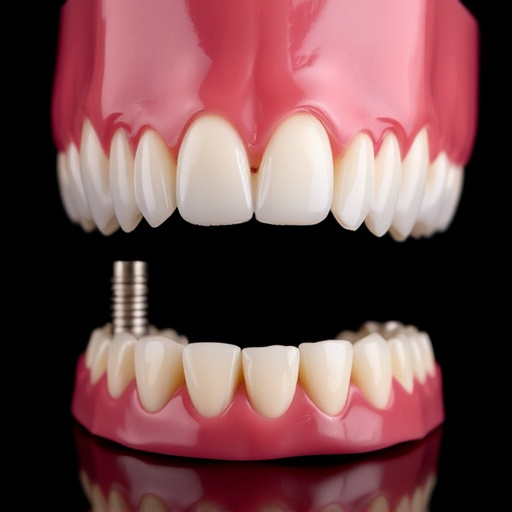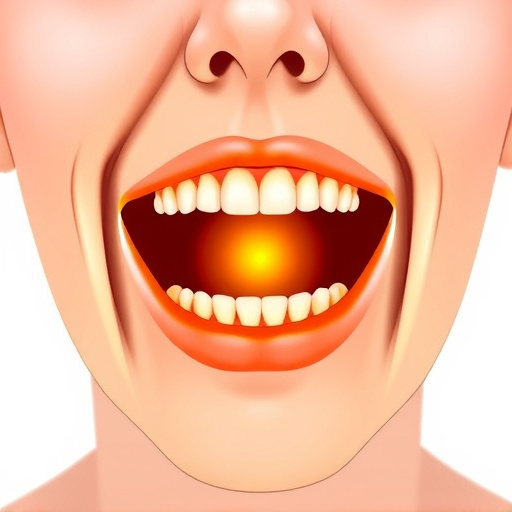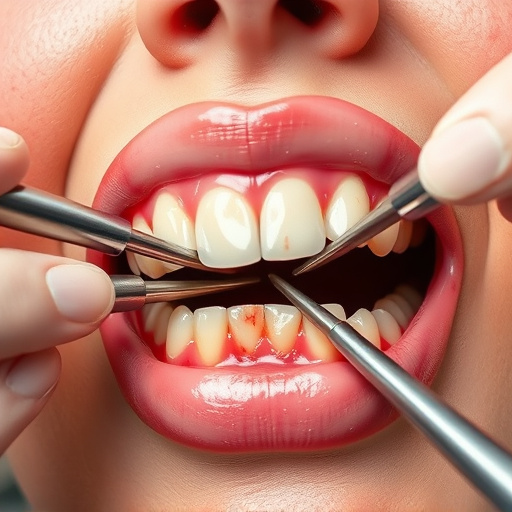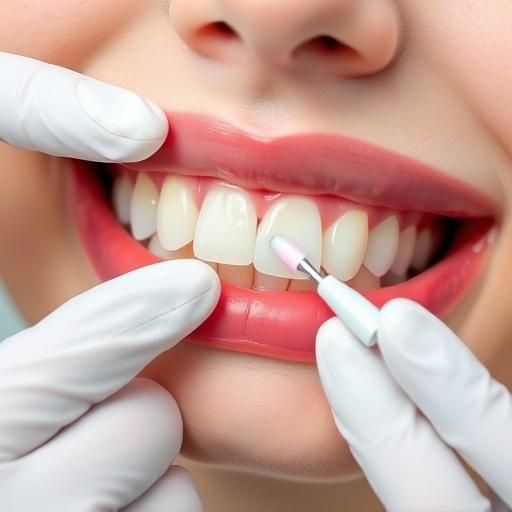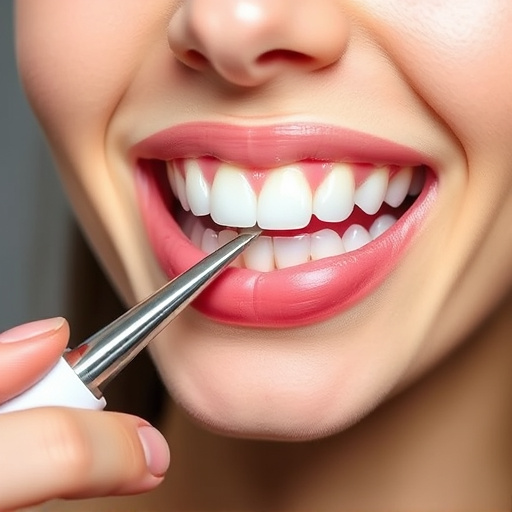Oral health assessment is a comprehensive process using specialized tools and technology to examine teeth and gums. Dentists employ equipment like probes, mirrors, and digital X-rays to detect issues not visible to the naked eye, such as decay or gum disease. Early intervention through regular oral health assessments prevents minor problems from escalating, promoting optimal dental well-being. This proactive approach is key in preventive dentistry, enabling timely interventions like cosmetic fillings and reducing dental anxiety. Regular checks also establish good oral hygiene habits in children and contribute to general dentistry by identifying subtle signs of gum disease or decay.
Oral health assessment is a vital tool in maintaining overall well-being, offering early detection of cavities and decay. This comprehensive evaluation goes beyond routine checking, employing advanced tools and techniques to uncover potential issues. By integrating these assessments into regular dental care, professionals can identify subtle changes, providing timely interventions that significantly impact long-term dental health. In this article, we explore the significance of oral health assessment and its role in preserving a healthy smile.
- Understanding Oral Health Assessment: Tools and Techniques
- The Role of Assessment in Detecting Cavities and Decay Early
- Benefits and Impact on Long-Term Dental Health
Understanding Oral Health Assessment: Tools and Techniques
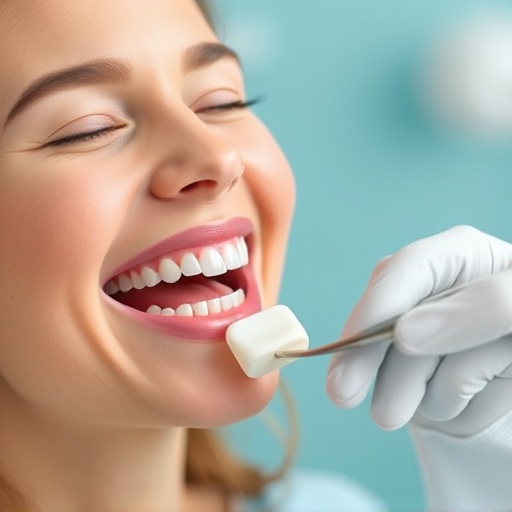
Oral health assessment is a crucial process that involves various tools and techniques to examine the mouth, teeth, and gums. This comprehensive dental care approach goes beyond routine dental cleanings, providing a deeper understanding of oral health status. Dentists employ specialized equipment like dental probes and mirrors to visually inspect for any signs of decay, gum disease, or other oral issues.
Additionally, advanced technologies such as digital X-rays offer detailed images, enabling precise detection of cavities and areas of decay that may be difficult to identify with the naked eye. These methods facilitate early intervention in restorative dentistry, preventing minor issues from escalating into more significant problems. By utilizing these tools, dental professionals can ensure optimal oral health and well-being for their patients.
The Role of Assessment in Detecting Cavities and Decay Early

Oral health assessment plays a pivotal role in early detection of cavities and decay. Regular assessments allow dental professionals to identify subtle changes in teeth and gums before they escalate into more serious issues. By examining oral structures, dental hygienists and dentists can pinpoint areas of vulnerability, such as pitting or discoloration, which might indicate the early stages of tooth decay. This proactive approach is key to preventive dentistry, as it enables timely intervention through measures like cosmetic fillings or more advanced restorative procedures, thereby averting extensive damage.
Early detection through oral health assessment is a cornerstone of general dentistry. It shifts the focus from reactive treatment to proactive care by addressing potential problems before they cause discomfort or necessitate costly procedures. This not only improves overall oral health but also reduces anxiety associated with dental visits. By integrating oral health assessments into routine check-ups, individuals can enjoy healthier smiles and better quality of life through both preventive and cosmetic dentistry solutions.
Benefits and Impact on Long-Term Dental Health

Oral health assessments play a pivotal role in maintaining long-term dental health by providing an early detection system for cavities and decay. Regular check-ups and thorough examinations enable dentists to identify potential issues before they become significant problems, thus preventing more complex and costly treatments down the line. This proactive approach is particularly beneficial in children’s dentistry, where establishing good oral hygiene habits from an early age can set the foundation for a lifetime of healthy smiles.
Beyond cavity detection, comprehensive oral health assessments contribute to overall general dentistry practices by offering insights into dental conditions that may otherwise go unnoticed. By identifying subtle signs of decay or gum disease at an initial stage, dentists can provide targeted treatments, such as cosmetic fillings, to restore oral health without the need for extensive procedures. This not only improves patient comfort and satisfaction but also promotes a positive perception of dental care, fostering a culture of proactive maintenance in both children’s and general dentistry practices.
Oral health assessment is a powerful tool that plays a pivotal role in maintaining long-term dental well-being. By employing various techniques, dentists can detect cavities and decay at an early stage, significantly reducing the need for extensive and costly treatments. Regular assessments enable proactive care, ensuring a healthier smile and saving time and money in the long run. This simple yet effective practice is a cornerstone of modern dentistry, emphasizing prevention and overall oral health management.




